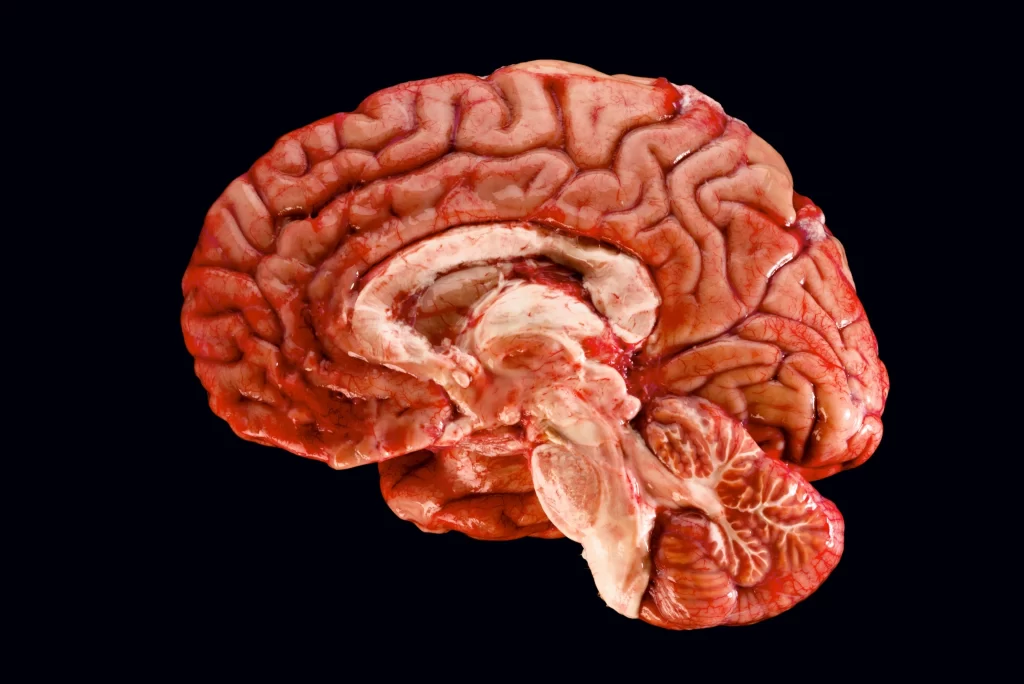Unraveling the Mysteries of the Human Brain: Neuroscience Insights

The human brain is one of the most complex and enigmatic structures in the universe, responsible for our thoughts, emotions, behaviors, and consciousness. Neuroscience, the scientific study of the brain and nervous system, has made remarkable strides in unraveling the mysteries of the human brain. In this article, we will delve into key insights from neuroscience research, exploring the structure, function, and remarkable capabilities of the human brain.
The Brain: A Complex Network of Neurons:
At its core, the brain is composed of billions of specialized cells called neurons, which form intricate networks and pathways that facilitate communication within the brain and throughout the body. Neurons transmit electrical signals and chemical messages known as neurotransmitters, allowing for the processing of sensory information, coordination of movement, regulation of emotions, and execution of complex cognitive tasks.
Brain Regions and Functions:
The human brain consists of distinct regions, each with its own specialized functions and responsibilities. The cerebral cortex, the outer layer of the brain, is divided into four lobes: the frontal lobe, responsible for executive functions such as decision-making and planning; the parietal lobe, involved in sensory perception and spatial awareness; the temporal lobe, associated with memory and language processing; and the occipital lobe, dedicated to visual processing.
Plasticity and Adaptability:
One of the most remarkable features of the human brain is its plasticity, or ability to change and adapt in response to experiences, learning, and environmental stimuli. Neuroplasticity allows the brain to reorganize its structure and function throughout life, enabling recovery from injury, adaptation to new tasks, and enhancement of cognitive abilities through practice and repetition.
The Role of Neurotransmitters:
Neurotransmitters are chemical messengers that play a crucial role in brain function and communication. Dopamine, serotonin, and norepinephrine are neurotransmitters involved in mood regulation, motivation, and ziatogel reward processing, while acetylcholine is essential for learning and memory. Imbalances in neurotransmitter levels have been implicated in various neurological and psychiatric disorders, including depression, anxiety, and schizophrenia.
Brain Imaging Technologies:
Advances in neuroimaging technologies have revolutionized our ability to study the structure and function of the human brain. Techniques such as magnetic resonance imaging (MRI), functional MRI (fMRI), positron emission tomography (PET), and electroencephalography (EEG) allow researchers to visualize brain activity, map neural networks, and investigate the underlying mechanisms of cognition and behavior.
Neuroscience and Mental Health:
Neuroscience research has provided valuable insights into the underlying causes and mechanisms of mental health disorders, paving the way for more effective diagnosis, treatment, and prevention strategies. By elucidating the neurobiological basis of conditions such as depression, anxiety, and addiction, neuroscience offers hope for improved outcomes and personalized interventions for individuals affected by these disorders.
Applications in Medicine and Technology:
The insights gained from neuroscience research have far-reaching implications for medicine, technology, and society as a whole. Neurotechnologies such as brain-computer interfaces (BCIs), deep brain stimulation (DBS), and neurofeedback hold promise for treating neurological disorders, enhancing cognitive performance, and restoring lost functions in patients with brain injuries or disabilities.
Conclusion:
In conclusion, neuroscience continues to unlock the secrets of the human brain, shedding light on its structure, function, and extraordinary capabilities. By unraveling the mysteries of the brain, we gain a deeper understanding of ourselves and the complex interplay between brain and behavior. As neuroscience research advances, so too does our potential to harness the power of the brain for the benefit of individuals and society as a whole.



